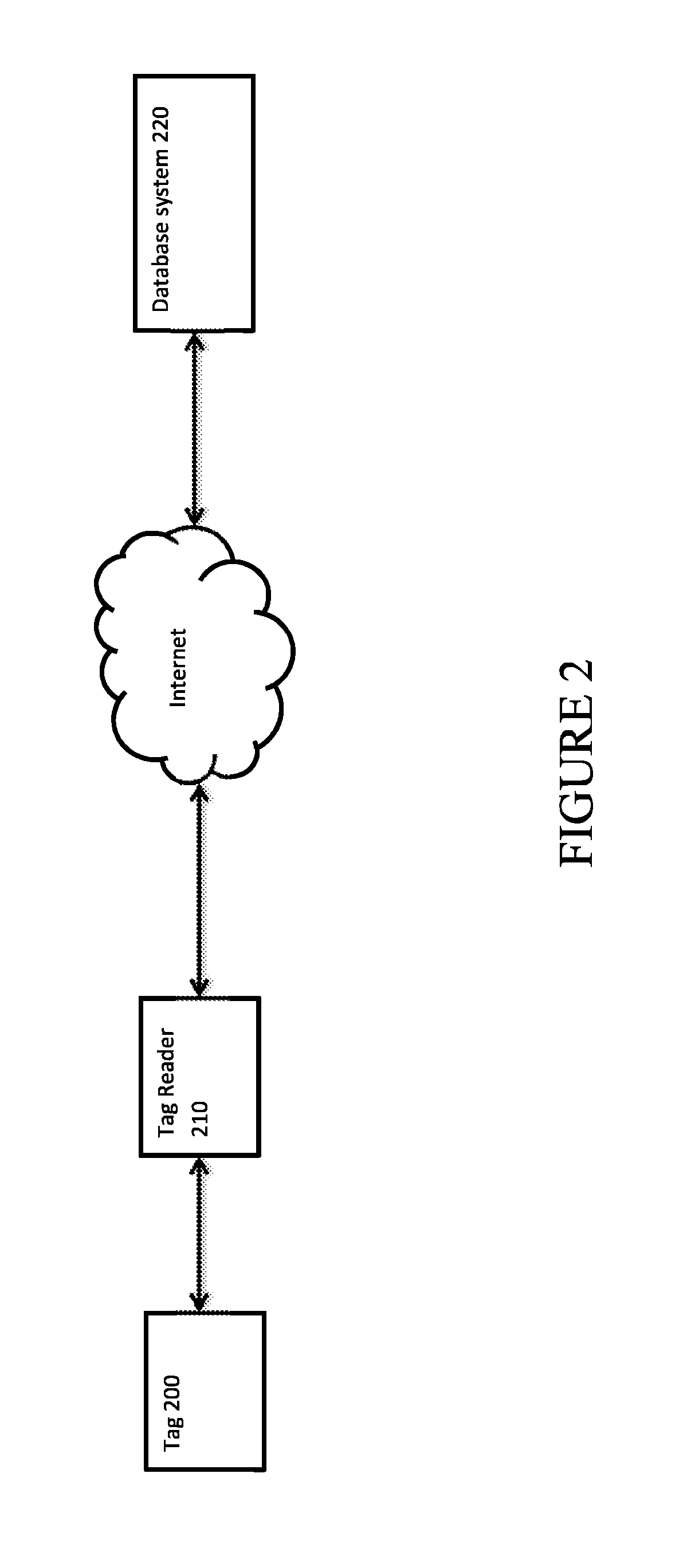Two factor authentication using a protected pin-like passcode
a two-factor authentication and pin-like technology, applied in the field of computer-based encryption systems, can solve the problems of difficult remembering arbitrary information, username/password authentication suffers from a number of significant drawbacks, and current username/password authentication is subject to eavesdropping and brute force attacks
- Summary
- Abstract
- Description
- Claims
- Application Information
AI Technical Summary
Benefits of technology
Problems solved by technology
Method used
Image
Examples
Embodiment Construction
[0028]The present invention extends to systems, methods, and apparatus configured to provide two-factor authentication with a protected PIN-styled passcode. In particular, implementations of the present invention comprise authentication schemes where a user or client device is provided with a PIN-type code that is derived from the hash of the user's password. For example, in at least one implementation, the PIN-like passcode comprises a sequence of numbers randomly removed from the hash result of the user's or client password. Accordingly, one or more implementations of the present invention provide a system where an authentication server can authenticate both a user / client password and a user / client PIN-like passcode without storing any information relating to the PIN-like passcode itself, and where the stored value of the password hash has been randomly altered by the removed PIN-like passcode, henceforth possessed only by the user or client device, making it more difficult to det...
PUM
 Login to View More
Login to View More Abstract
Description
Claims
Application Information
 Login to View More
Login to View More - R&D
- Intellectual Property
- Life Sciences
- Materials
- Tech Scout
- Unparalleled Data Quality
- Higher Quality Content
- 60% Fewer Hallucinations
Browse by: Latest US Patents, China's latest patents, Technical Efficacy Thesaurus, Application Domain, Technology Topic, Popular Technical Reports.
© 2025 PatSnap. All rights reserved.Legal|Privacy policy|Modern Slavery Act Transparency Statement|Sitemap|About US| Contact US: help@patsnap.com



